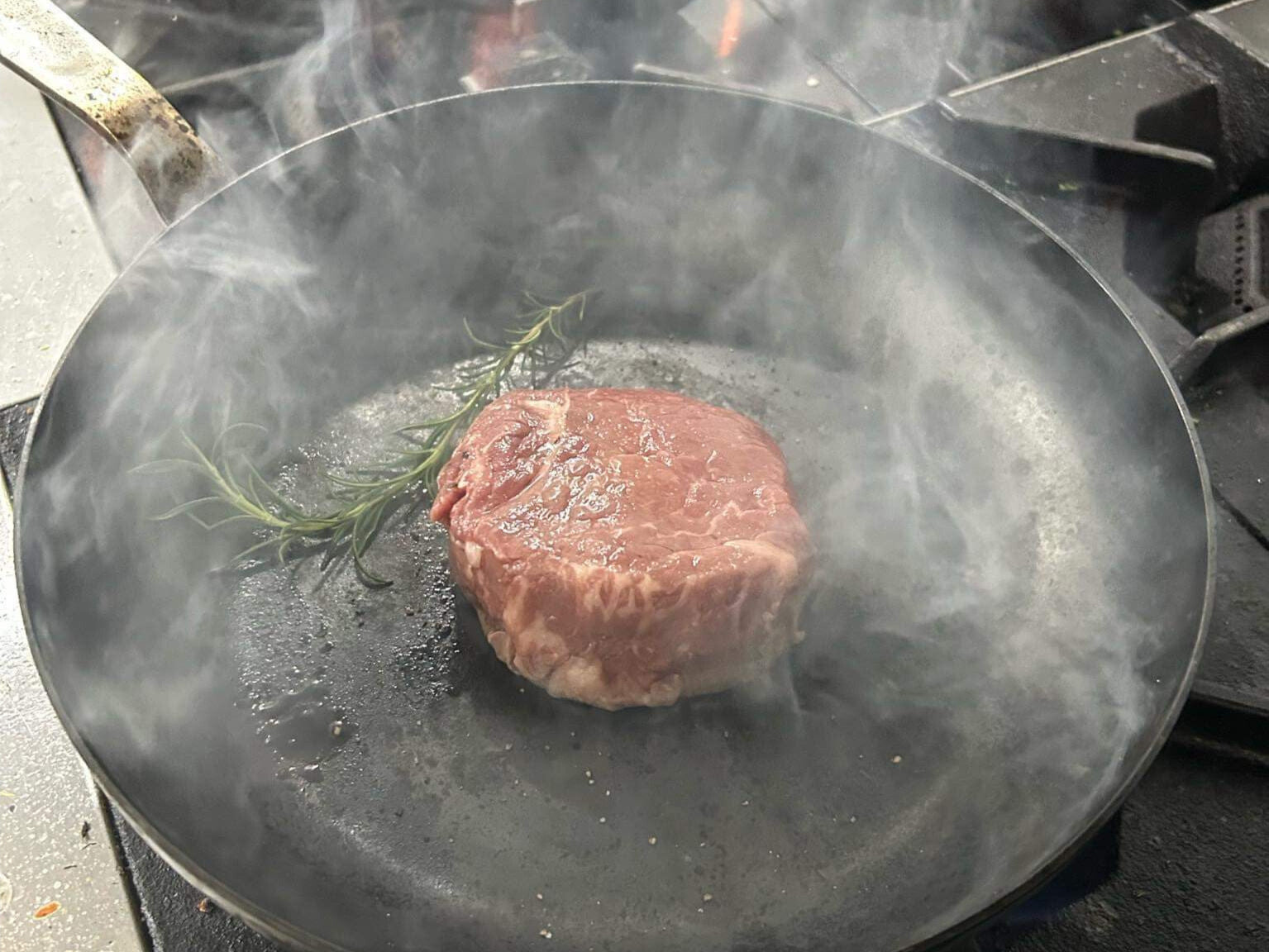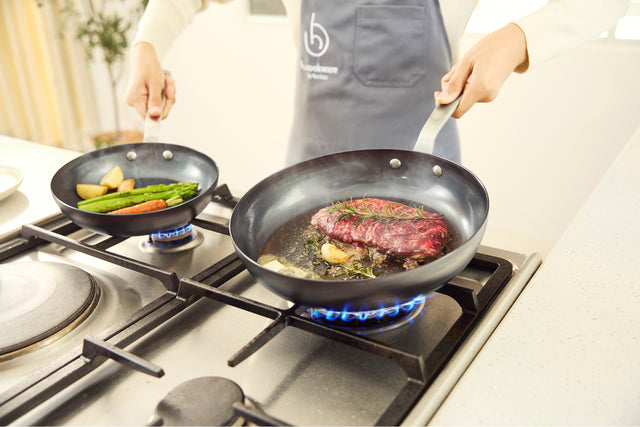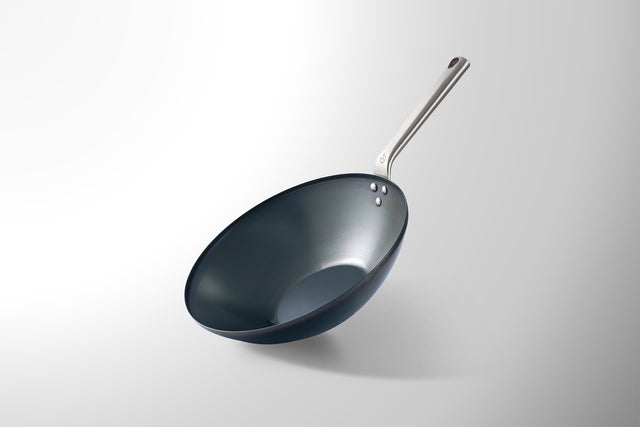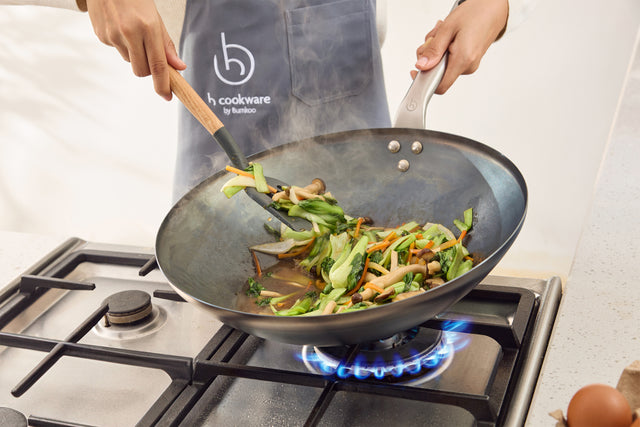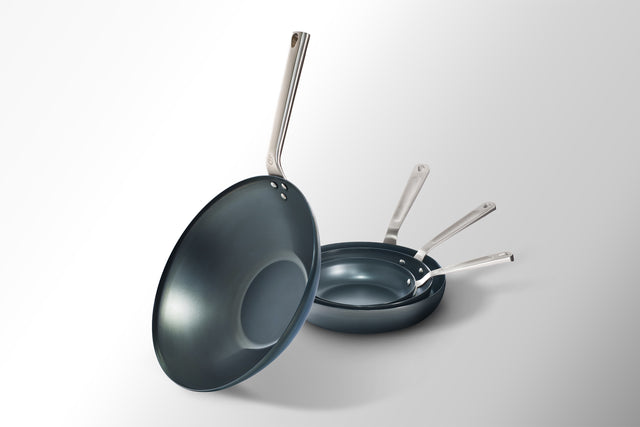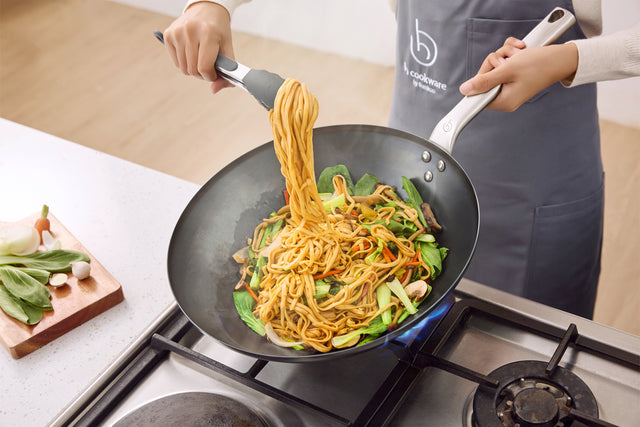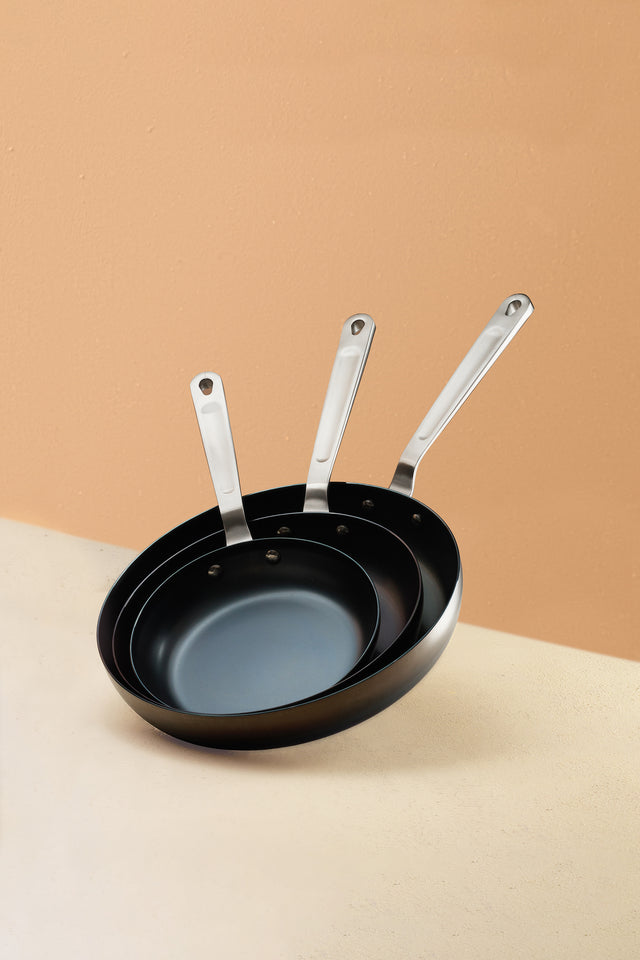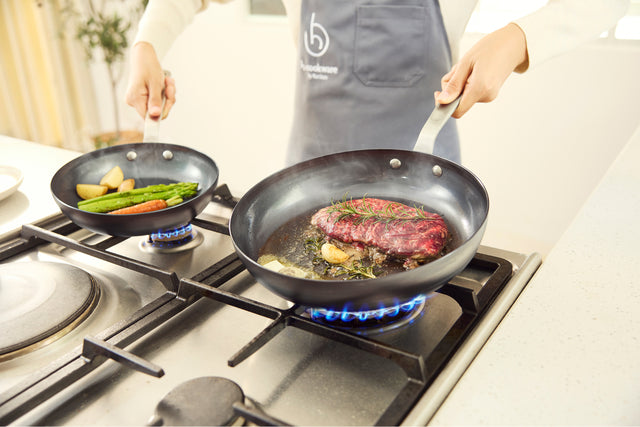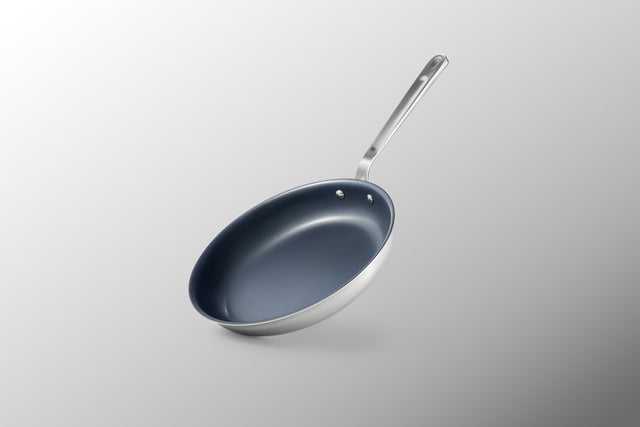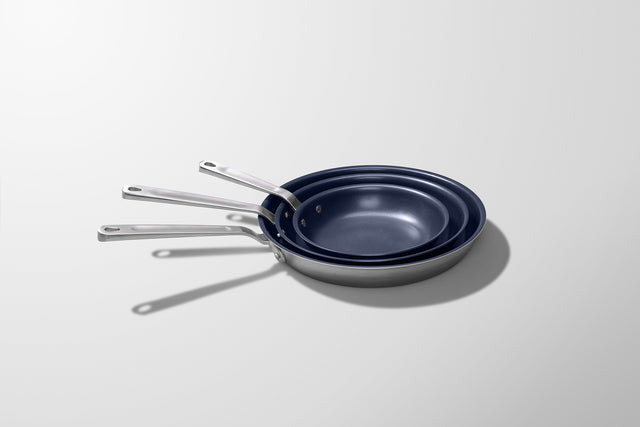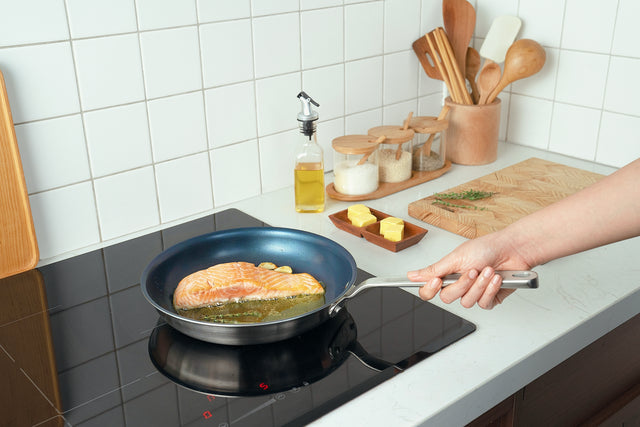Wondering why carbon steel cookware is a top pick in professional kitchens? It’s simple! Made from 99% iron and 1% carbon, these pans heat up lightning-fast, handle high temperatures with ease, and develop a natural nonstick surface that only gets better over time. Each piece takes on its own unique color, showcasing all the delicious dishes you’ve created. Think of carbon steel as cast iron’s lighter, faster, and stronger cousin—perfect for both seasoned chefs and passionate home cooks looking to elevate their culinary game.
Why Choose Carbon Steel?
Durability & High Heat Tolerance: Carbon steel is built tough and heats up in a flash. It’s your go-to for searing steaks, frying veggies, or sautéing anything. Unlike nonstick pans that wear out over time, carbon steel gets better with age. Plus, it can take on higher heat than stainless steel, so feel free to crank up the burner when you need to.
Natural Nonstick Surface: Here’s where carbon steel really stands out. With the right seasoning, it forms a natural nonstick surface that doesn’t flake off like traditional nonstick pans. If it ever loses its slickness, just give it a quick re-season, and it’s good as new. No worries about damaging the surface or needing a replacement—this pan is in it for the long haul.
Versatility: Carbon steel is a true kitchen workhorse. Stove, oven, broiler, grill—this pan can do it all. It’s compatible with any cooktop too—gas, electric, induction, you name it.
Taking Care of Your Carbon Steel
Seasoning: To keep your pan in top shape, a little seasoning is all it takes. Clean it, dry it thoroughly, rub on a thin layer of oil, and heat it on the stovetop until it smokes (for detailed steps, click here). This creates a protective, nonstick layer that builds over time. The more you use it, the better it gets.
Cleaning: Skip the soap! It can strip the seasoning. Just warm water and a cloth will do. For stubborn bits, add some water, heat the pan, and scrape them off. Easy.
Drying: Always dry your pan completely after washing to prevent rust. If rust does pop up, no worries—scrub it off and re-season the pan.
Things to Keep in Mind
Acidic Foods: Carbon steel doesn’t love acidic foods like tomatoes, lemons, or vinegar. They can strip the seasoning and give your food a metallic taste, so it’s best to avoid prolonged cooking with these ingredients.
Heat Distribution: Carbon steel heats up quickly but doesn’t distribute heat as evenly as multi-clad stainless steel. You might notice some hot spots, but with a bit of practice, you’ll find your groove. Since it’s thinner than cast iron, it won’t retain heat as long, which can be a downside if you’re baking bread.
Is Carbon Steel Right for You?
If you want a natural nonstick and durable cookware that can tackle almost anything, carbon steel is a fantastic choice. It’s a favorite among pro chefs for a reason—its high performance, versatility, and ever-improving nonstick surface make it a kitchen essential you’ll reach for again and again.
Find similar articles:
Buying GuideMore stories



